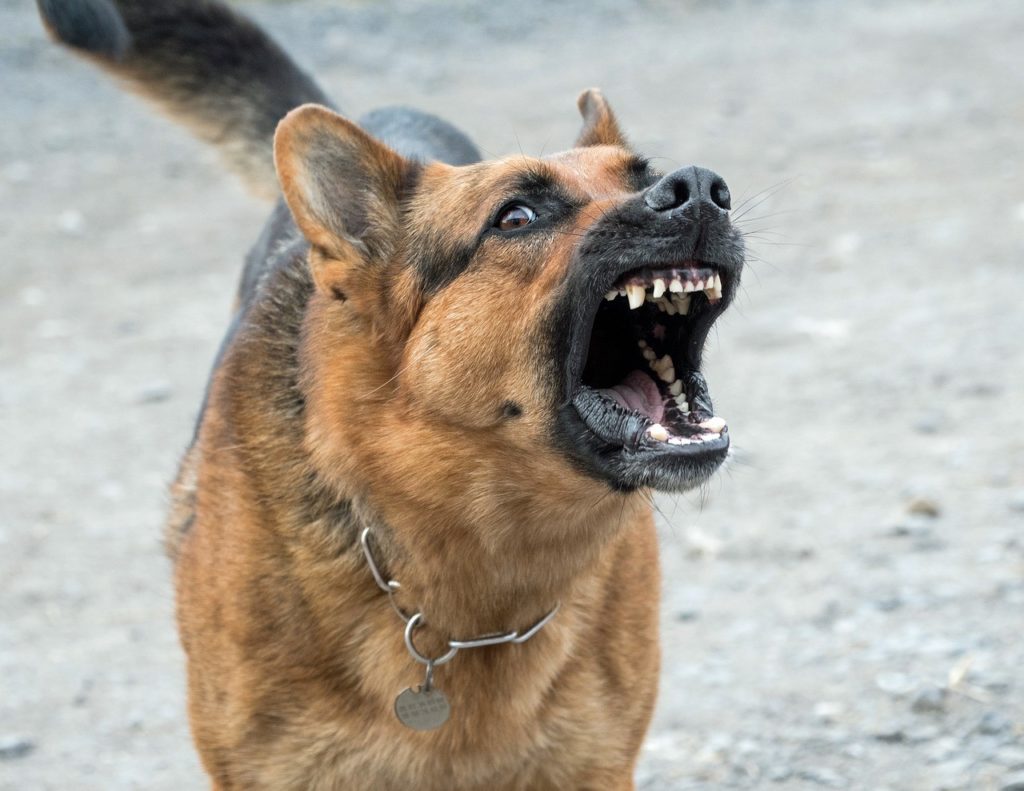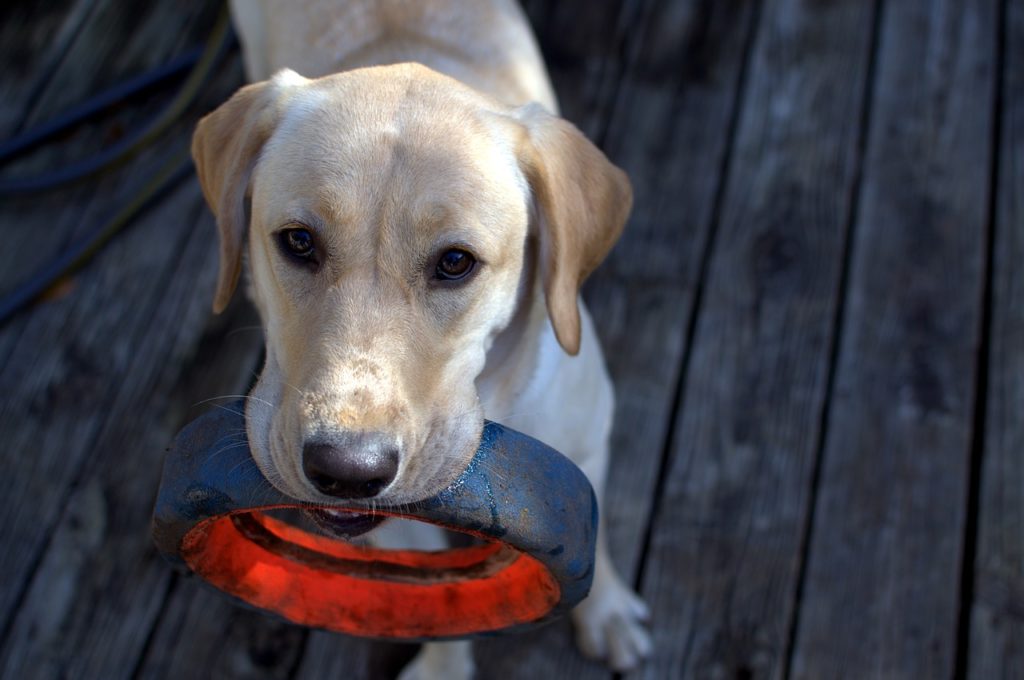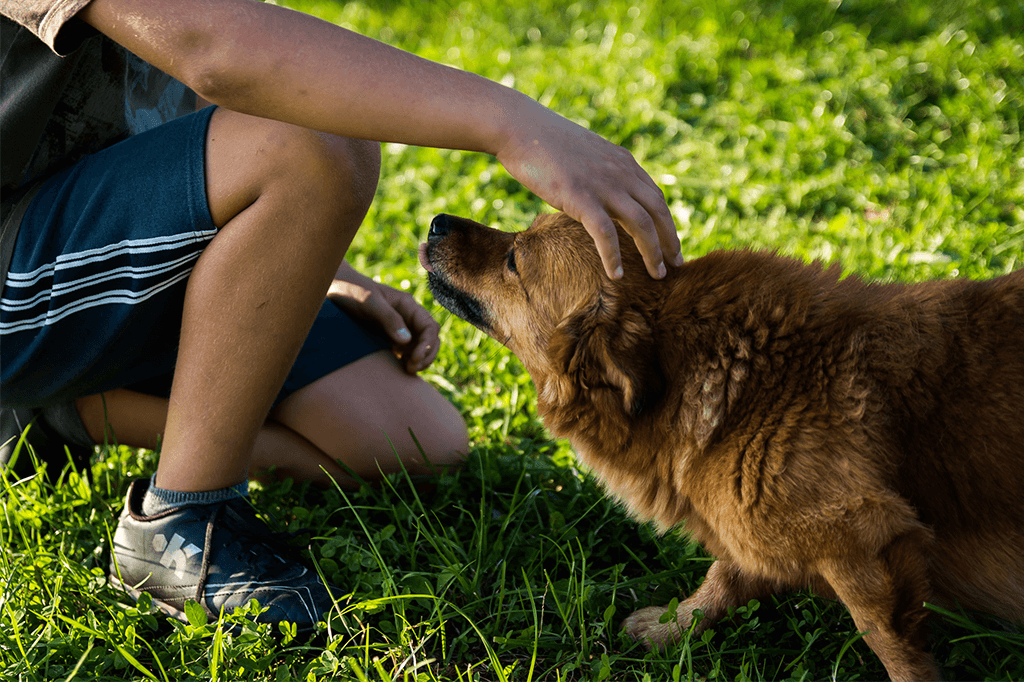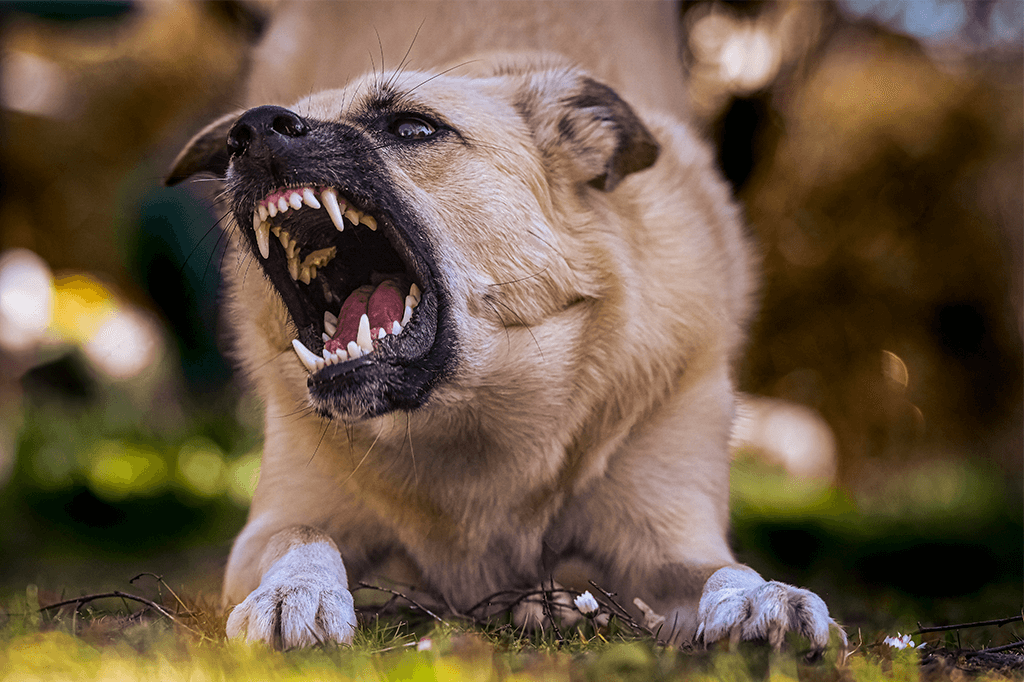5 Ways to Stop Your Dog from Scavenging on Walks
Dogs are natural scavengers – it’s in their DNA. After all, scavenging is what their ancestors relied on for survival.
However, while wolves may have honed their scavenging instincts down to a fine art, domestic dogs are very different. Food wrappers, chicken bones, droppings from other animals – there are many dangerous items that litter the streets these days, and all of these prove to be very tempting to some dogs.
It goes without saying that scavenging is a behavior that needs to be nipped in the bud ASAP. This is even more so the case when you take note of all of the stories around the world of foods being laced with poison and then left in parks and streets for unsuspecting dogs to fall victim to. This is something that you’ll definitely want to protect your dog from. However, when you have a dog that darts as quick as lightning to grab something that they’ve seen on the street, prevention isn’t quite so easy, unless you have our five top tips to work with.
Teach Your Dog the “Leave it” and “Drop it” Commands
One of the best ways to teach a dog that they shouldn’t be snatching up random items from the street is with the “leave it” command. This is something that every dog should be taught anyway – you never know when a dog may be tempted by something dangerous. Once your dog is solid with this command, you’ll be able to say it each time your dog makes a move towards an item that they shouldn’t eat.
We would also highly recommend teaching the “drop it” command too. This way, if you’re too late with your “leave it”, you’ll still be able to extract whatever it is that your dog has grabbed from their mouth before they actually swallow it.
Take Note of Your Dog’s Cues
There will always be times when your dog quickly darts over to something that they want to scavenge, without any warning signs. However, more often than not, their body language will give you a clue as to what they’re about to do.
Keep a close eye over your dog’s behavior before they’re about to scavenge to work out what these cues are. It could be that their tail suddenly starts to wag very excitedly, or their nose goes into overdrive. Perhaps they start to spin around in circles looking for whatever it is that they can smell. Either way, as soon as you notice a scavenging cue, redirect your dog. The “watch” command is useful for this. It gives you a way to get your dog’s’ attention, no matter what else may be happening.
Muzzle Training
We covered muzzle training in a recent blog post. It’s a great quick fix for scavenging dogs, but keep in mind that you’ll need to first muzzle train your dog before actually using the muzzle when out and about.
Ideally, you should only need to use your muzzle in the short term. Implement our other tips and work on training the “leave it” and “drop it” commands and your dog should soon stop scavenging, even without the muzzle on.
Give Your Dog the Chance to Scavenge at Home
As we mentioned, scavenging is instinctual for dogs. It’s a rewarding behavior that they very much enjoy. So, if you want them to stop scavenging on walks, you’ll need to provide them with another, safer, scavenging outlet.
There are a few ways that you can do this. Set up a simple treasure hunt-style game in your garden by hiding treats around and allowing your dog to seek these out. Snuffle mats and treat puzzles work well too, especially if you use these before taking your dog on a walk.
Choose Your Route Wisely
Chances are that some of your walking routes are far more littered than others. Until you’ve managed to train your dog to stop scavenging, avoid these routes as much as possible.
Instead, try to pick walking routes that are generally quite clear. This way, you’ll be taking away a lot of the scavenging temptation. Once you’ve managed to gain control of how your dog acts when on a walk, you’ll once again be able to walk anywhere.
Summary
Whether you have a young pup or an older rescue dog, scavenging on walks is a behavior that you should definitely discourage. Fortunately, so long as you’re consistent, it shouldn’t take too long to train your dog to stop eating anything and everything when out and about.



